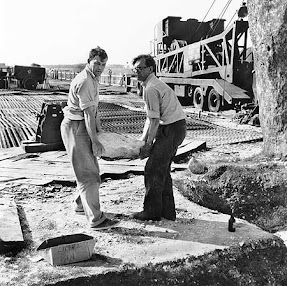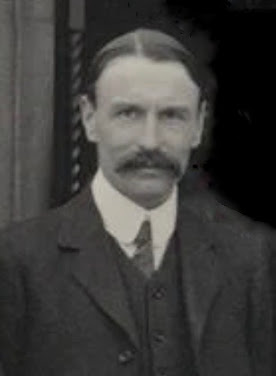Good adverts home in on things that others do not see -- and in this case the advertising agency working for Shell has recognized the desire of many people (not all!) to worship at the Stonehenge shrine............ Some might see this as blasphemy, but the idea that Stonehenge is a religious iconic structure worthy of respect and even reverence is central to the EH marketing of today!
So the idea that Stonehenge is -- or should be -- a place of worship is humorous at one level but concerning at another. After all, nobody is worshipping a set of beliefs or a holy book or a place of profound thoughts or ideas here, unless maybe we go with the Druids who have commandeered Stonehenge as a key symbolic site and who have attached to it their own theology. This is what Google tells us: For druids, modern-day spiritualists linked to the ancient Celtic religious order, Stonehenge has a centuries-long importance, and they will be there to perform dawn rituals around the solstice in their traditional white robes. It's effectively all about the cycle of life, of death and rebirth. Of course, it is also about sunrise, and the summer solstice, and about respect for nature, peace and love.........
https://solstice-tours.com/stonehenge-druid-pagan-solstice-celebration.htm#:~:text=These%20seasonal%20festivals%20can%20be,a%20small%20group%20of%20Druids
So the midsummer and widwinter solstices are celebrated by druids, hippies (oops -- do they still exist?) and tourists in their own peculiar fashion, with a minimum of control by EH. The ceremonies at Midsummer and Midwinter are unashamedly pagan and are of course perfectly harmless -- and those who participate in them are uplifted by the cameraderie and the high spirits, with the assistance of drums, bugles and assorted interesting substances. Other religions are allowed, but keep a low profile.... and we cannot doubt that the events are, for many people, profoundly spiritual and meaningful.
But the Stonehenge religious experience is of course "manufactured" just as the Welsh National Eisteddfod was invented and manufactured by Iolo Morgannwg, who convinced himself, and the world, that he was rediscovering something ancient which had been more or less forgotten. So now the religious life of Stonehenge is a very strange mish-mash of religious beliefs, ceremonial, pseudo-history, mysticism, spirituality, song and dance, fancy dress and a good deal else. But be in no doubt -- at the centre of it all is the Great God Mammon. And as the old Shell advert reminded us long ago, there's money in those old stones.












































